Death Valley National Park
In this below-sea-level basin, steady drought and record summer heat make Death Valley a land of extremes. Yet, each extreme has a striking contrast. Towering peaks are frosted with winter snow. Rare rainstorms bring vast fields of wildflowers. Lush oases harbor tiny fish and refuge for wildlife and humans. Despite its morbid name, a great diversity of life thrives in Death Valley.
The main road transecting Death Valley National Park from east to west is California Highway 190. On the east in Nevada, U.S. Route 95 parallels the park from north to south with connecting highways at Scotty's Junction (State Route 267), Beatty (State Route 374), and Lathrop Wells (State Route 373).
- Astronomy
- Stargazing
- Biking
- Mountain Biking
- Road Biking
- Camping
- Backcountry Camping
- Car or Front Country Camping
- Canyoneering
- Food
- Flying
- Golfing
- Guided Tours
- Hiking
- Backcountry Hiking
- Front-Country Hiking
- Horse Trekking
- Living History
- First Person Interpretation
- Junior Ranger Program
- Wildlife Watching
- Birdwatching
- Park Film
- Museum Exhibits
- Shopping
- Bookstore and Park Store
- Gift Shop and Souvenirs
- Archeology
- Asian American Heritage
- Incarceration
- Japanese-American Internment
- Industry
- Mining
- Native American Heritage
- Westward Expansion
- The Gold Rush
- Women's History
- Animals
- Birds
- Fish
- Tortoises and Turtles
- Climate Change
- Dunes
- Foothills, Plains and Valleys
- Fossils and Paleontology
- Geology
- Mountains
- Night Sky
- Astronomy
- Scenic Views
- Trails
- Unique Species
- Endangered
- Wilderness
Sunset from Zabriskie Point

The warm light of sunset covers the badlands at Zabriskie Point.
Zabriskie Point
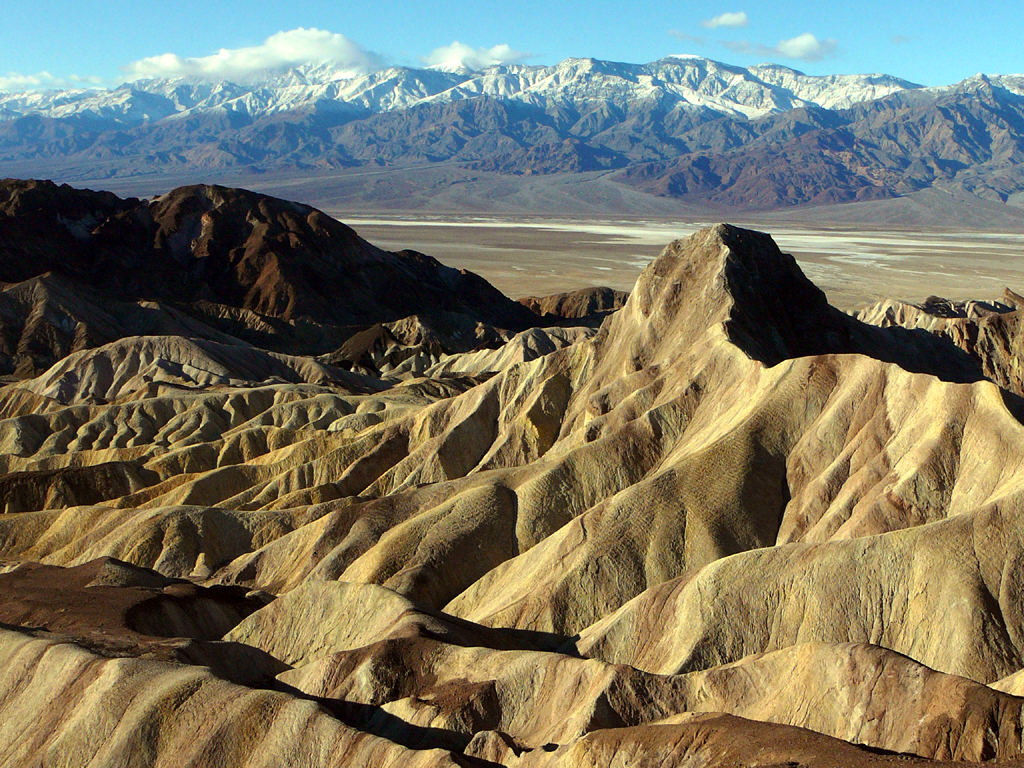
Zabriskie Point is a popular place to view sunrise over the badlands.
Storm over the Salt Flats
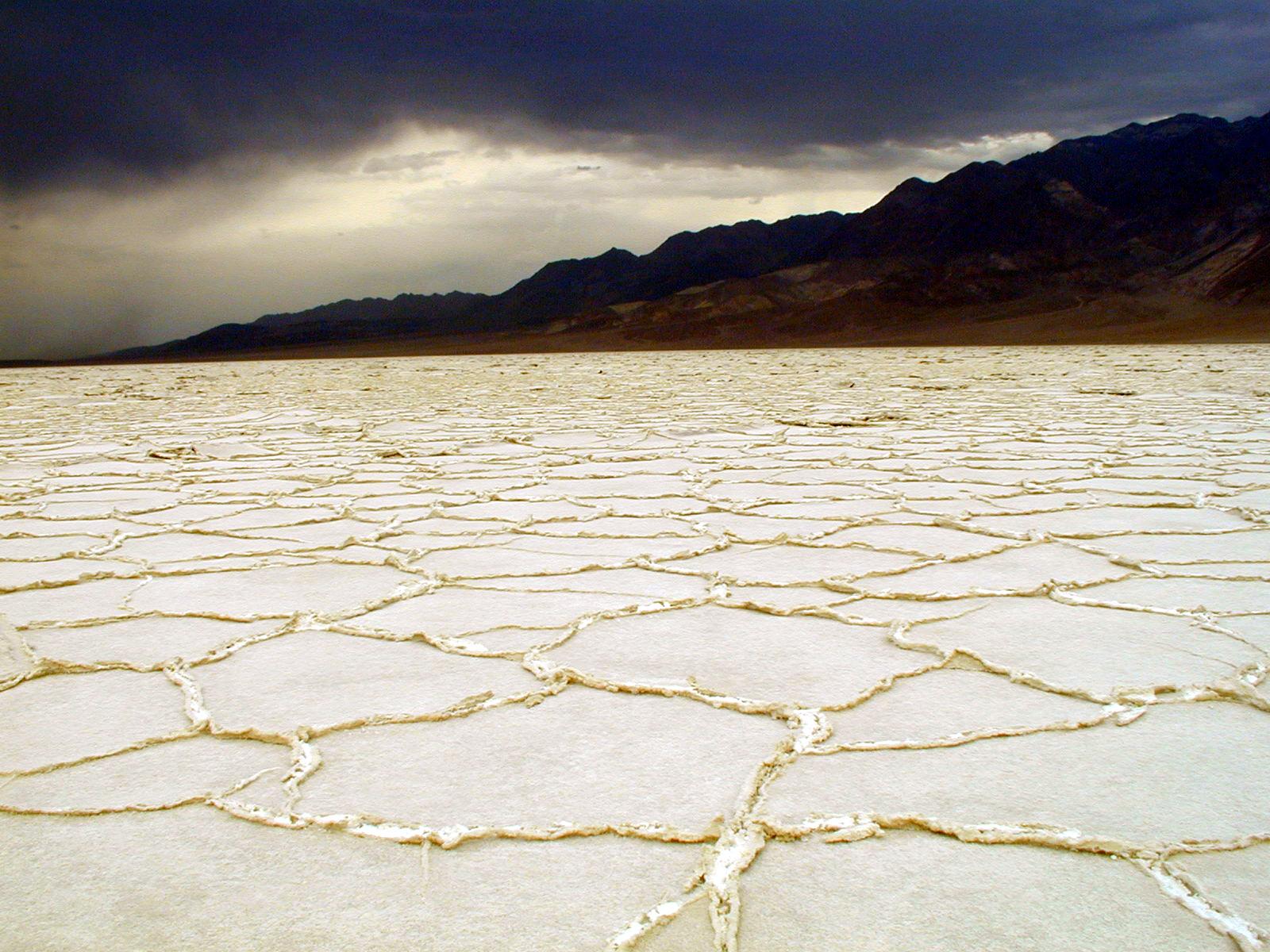
Badwater Basin is the lowest point in North America at -282 feet.
Sunset at Dantes View
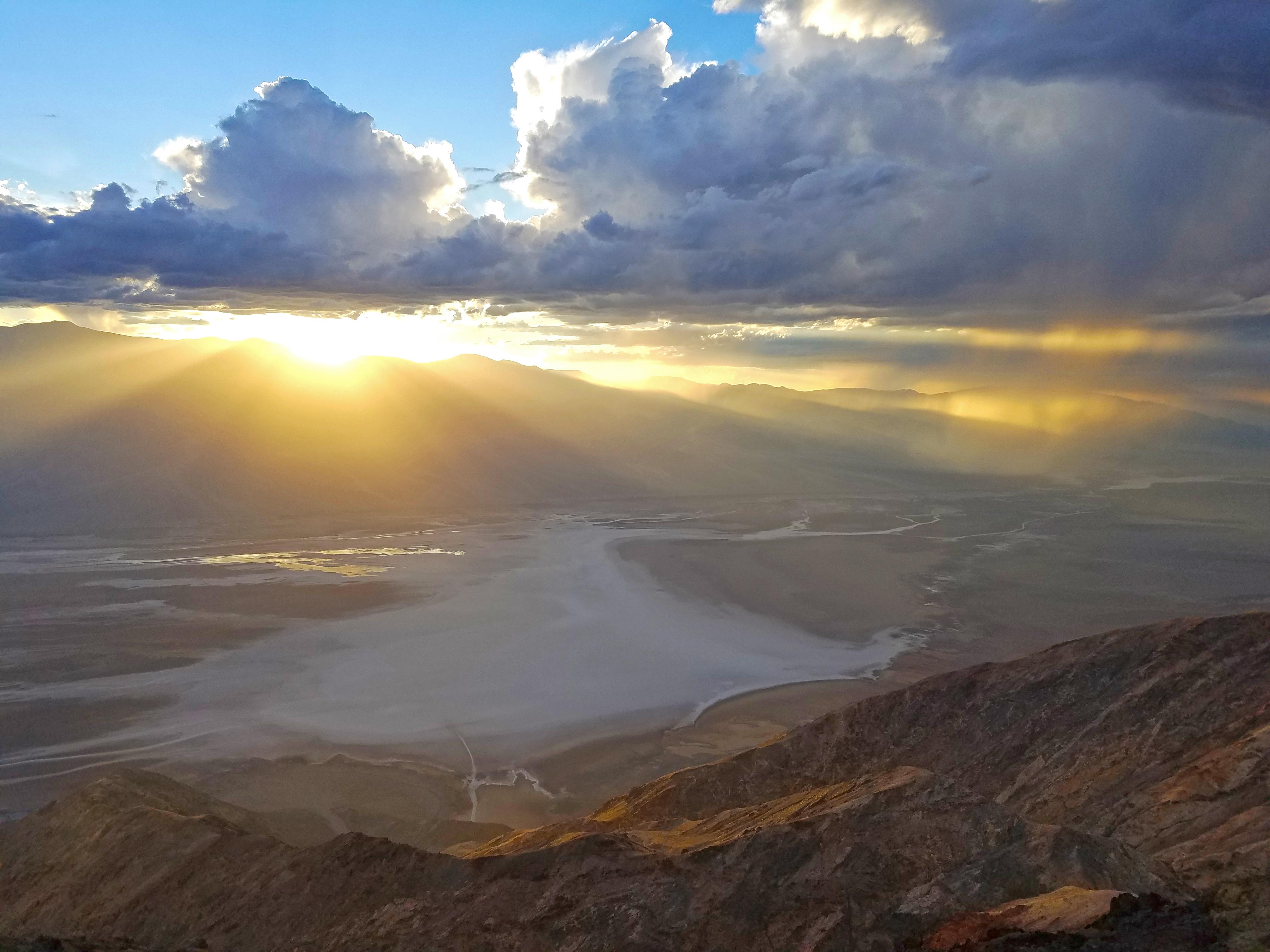
A mile above the salt flats in the valley below, Dantes View provides breathtaking vistas.
Lupine and Tortoiseshell Butterfly
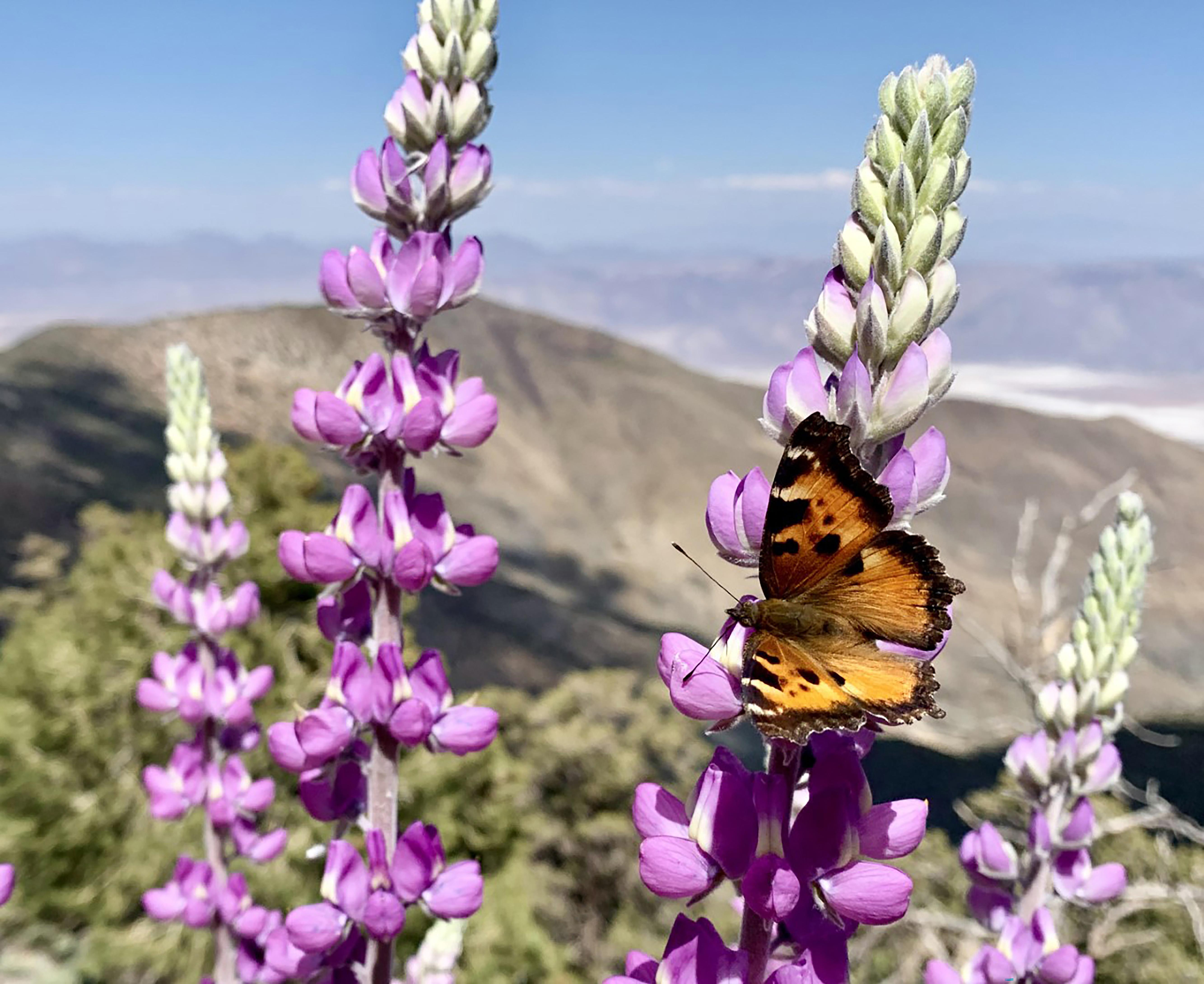
Higher elevations provide a respite from the heat in this alpine ecosystem.
Wildrose Charcoal Kilns
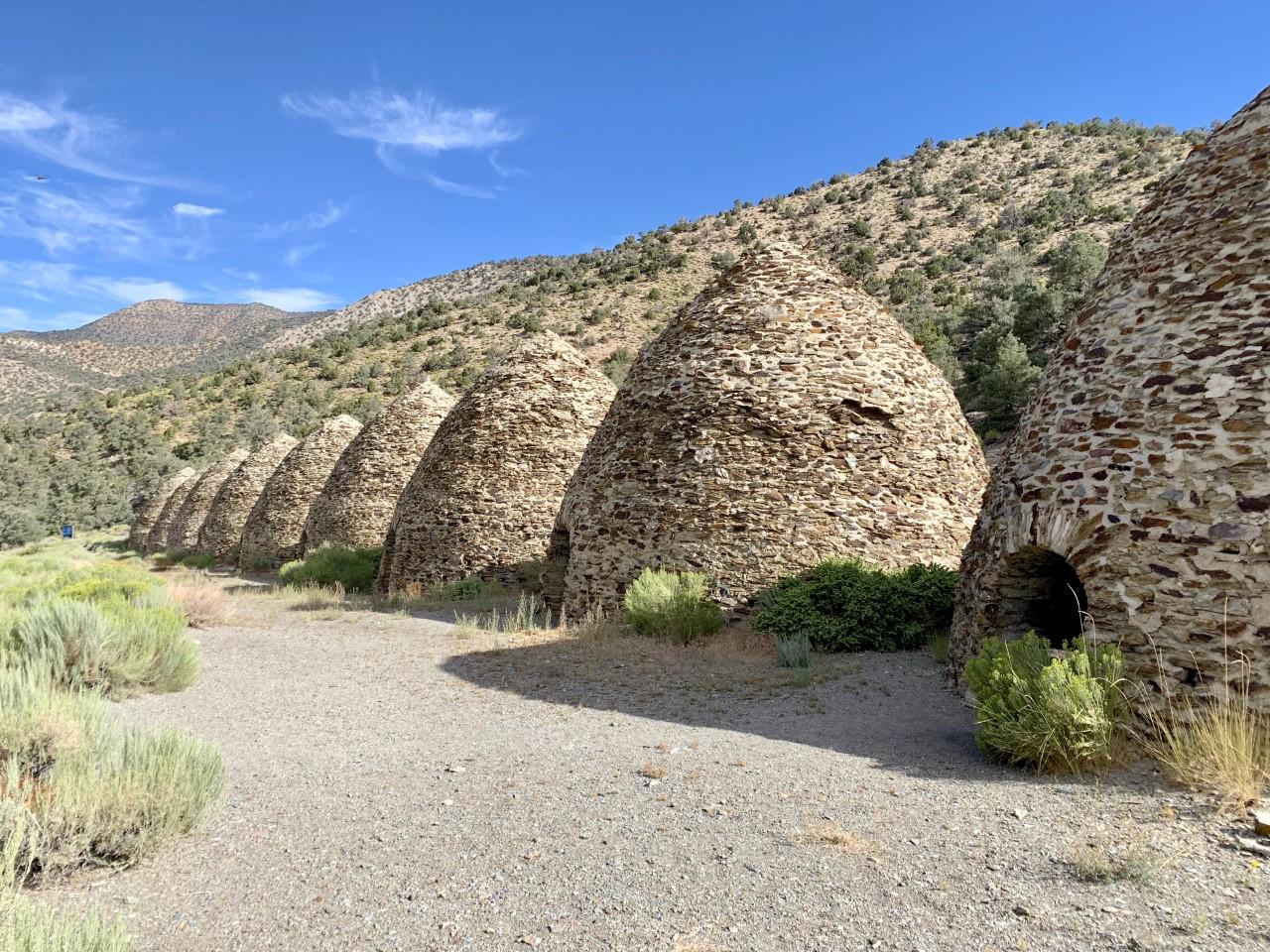
Nearly a century and a half old, these are some of the best preserved kilns in the western U.S.
A rare superbloom of Desert Gold.
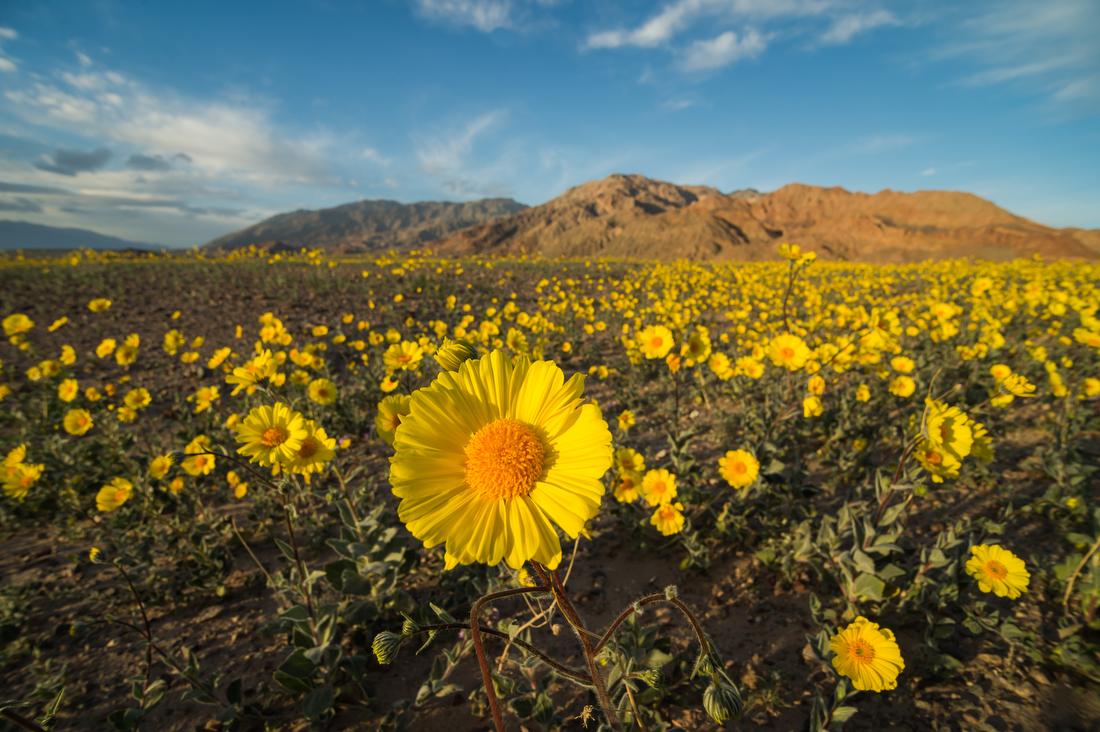
About once a decade, rains at the right times can lead to a rare superbloom!
Hottest Place on Earth
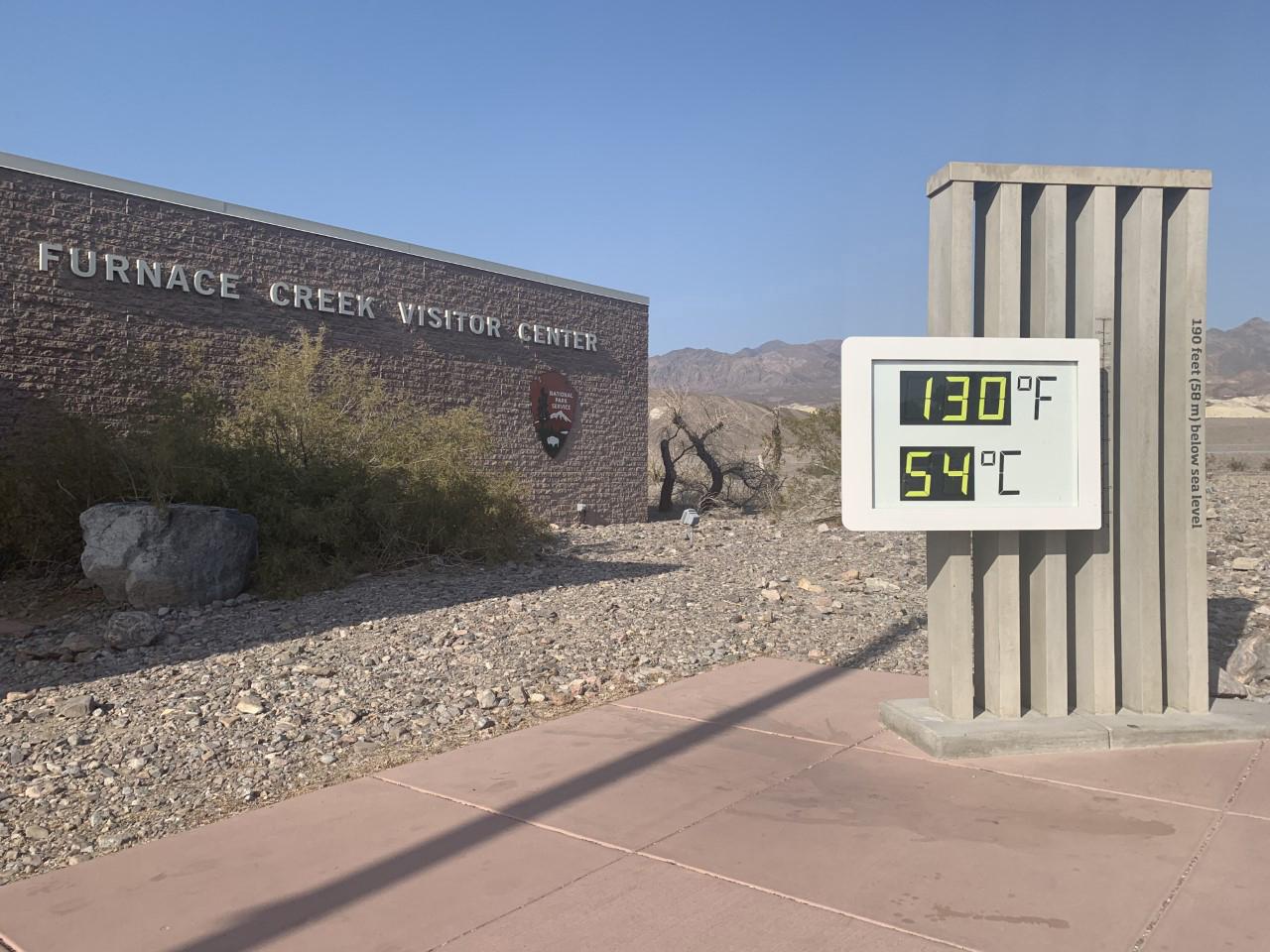
Summers are infamously hot, as for 6 months of the year temperatures above 120 degrees are regularly recorded.
Winding canyons await
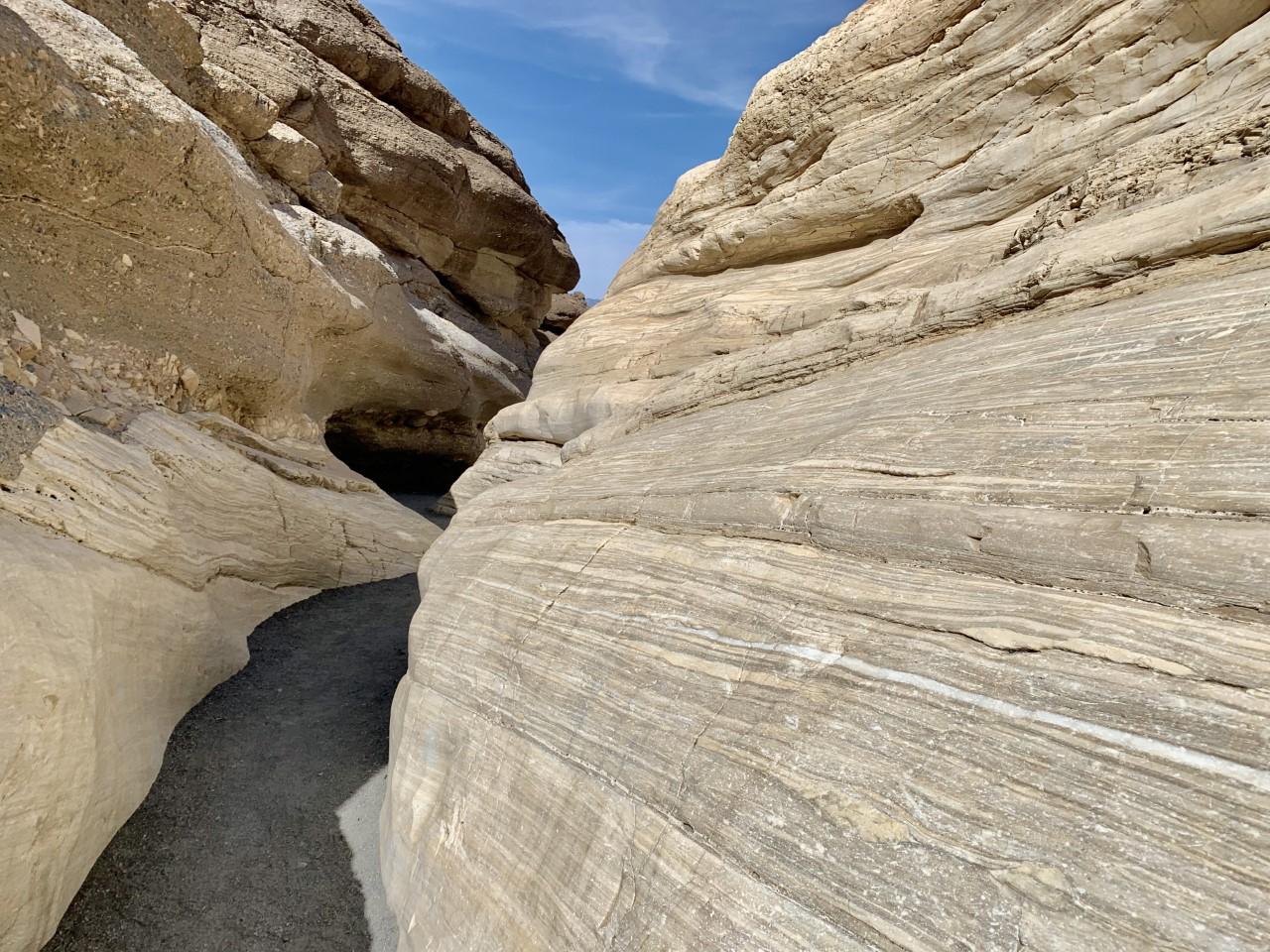
There are numerous canyons to explore across this vast park.